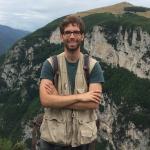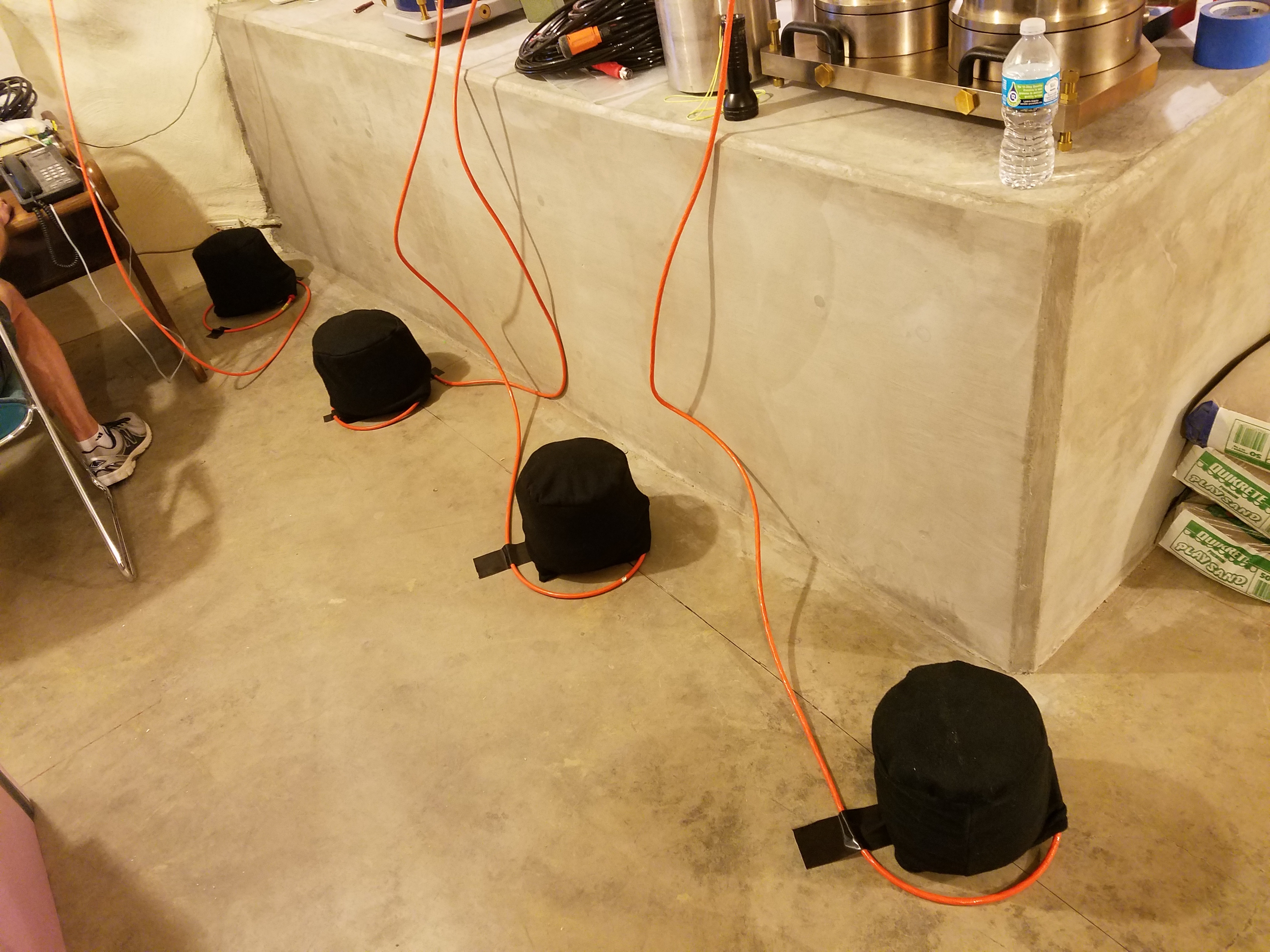Max Rohde

Max Rohde is a student at Carleton College currently completing his research at Albuquerque Seismological Laboratory under Dr. David Wilson.
Albuquerque Seismological Laboratory (ASL) where I am placed this summer works to maintain the Global Seismographic Network (GSN), a joint effort between the USGS and IRIS. One of the main sources of noise that seismographs in this network face is tilt noise, especially in the horizontal directions. A likely candidate for the cause of tilt noise is atmospheric pressure disturbances coupling to the ground. My goal for this summer is to characterize the tilt noise using the seismographs and testing vault here at ASL and reduce the noise through signal averaging. My efforts will be concentrated at low frequencies, at which a better signal to noise ratio could reveal interesting phenomena such as normal earth modes.
Starting out
July 10th, 2016
This summer I will be working at the USGS Albuquerque Seismological Laboratory (ASL). It is located in Kirtland Air Force Base far away from human interference. The idea is that the area is very quiet in terms of seismic noise because the main focus at ASL is testing sensors for seismology. ASL runs a large part of the Global Seismographic Network (GSN), which is the largest and most technologically advanced seismographic network in the world. Scientists and engineers at ASL monitor the data from the GSN and other seismographic networks, repair stations if needed, and figure out ways in which to improve data quality.
My project for the summer will focus on finding ways to reduce and characterize horizontal tilt noise from seismographic sensors. Seismographs measure earth motion in three directions: north/south, east/west, and up/down. At lower frequencies the two horizontal directions show a lot more noise that the vertical direction. This is assumed to be due to the fact that the ground underneath the seismometers in slightly varying in tilt due to effects such as wind and changes in atmospheric pressure. This can create the effect of horizontal motion on the sensor, without there being any actual horizontal ground motion. Throughout the summer I am going to be creating arrays of seismometers in the ASL testing vault in order to help characterize this tilt noise. I’ll attach a picture of one of my arrays to the end of this blog post.
There are many things I want to accomplish during my internship. By the end of the first third, I hope to have a basic understanding of seismological installation. I want to be confident installing seismographs on my own, and being able to know how they work, and how to troubleshoot common problems with them. By the second third of the internship, I want to be able to analyze my data effectively using the software tools available to me. I am going to be using a software package called ObsPy for most of my data analysis as well as some work with MatLab. For the last third, I hope to be able to clearly and effectively communicate my work with other people. I would like to be able to communicate my work both to other scientists, such as at the AGU meeting in December, but also to interested people who do not have a scientific background.
So far living in Albuquerque has been great! I am lucky to be in the same city with three other IRIS interns. The nature out here is beautiful, and I hope to spend many weekends enjoying it. Until next time, I’ll have plenty here to keep me busy.

Orientation
June 3rd, 2016
Finishing up our last day at orientation! I've learned a lot about seismology this week from some great guest professors. The geology of the area is also interesting to learn about. Looking forward to starting my internship next week.


